Uncovering the Truth About Vehicle Wraps: Fact vs. Fiction
Wrapped vehicles often seem like mythical creatures, appearing on the road just long enough to get a good look at a fun design or message during an...
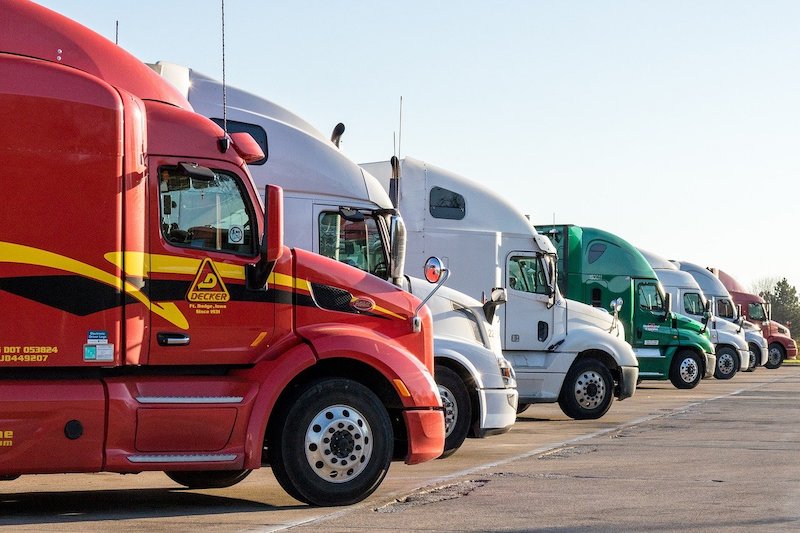
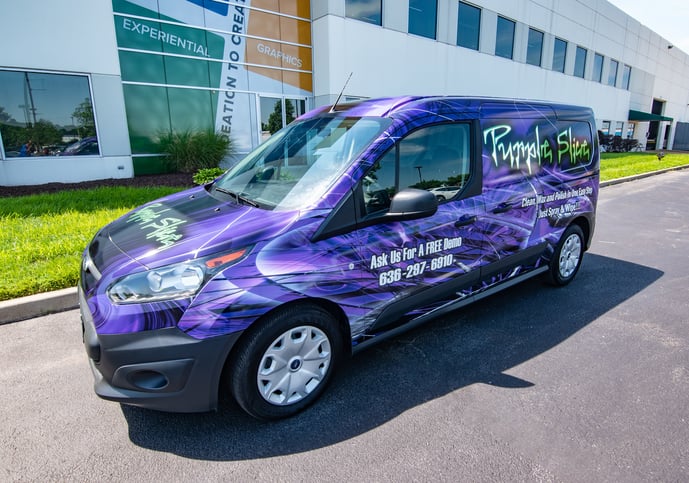
It might come as a shock to some, but the truth is Lightning McQueen wasn’t born with his lightning bolt or his flashy number 95. Those iconic additions were only made possible through Pixar Studio’s knowledge of the modern vehicle wrapping process. Vehicle wraps can transform an ordinary trailer into an instantly recognizable, advertising banner for your business. Wraps change an assortment of trucks into a unified fleet, or your organization's sprinter van into a local legend. So how is a vehicle wrap actually installed?
Experts measure the hood, bumpers, fenders, doors, and wherever else the wrap will lay. A bleed (extra material) of three inches is added to these measurements to allow the wrap to be held and pulled taut against the vehicle during installation. In general, extra vinyl is always better than not having enough, although skilled technicians will utilize the sheets of vinyl as efficiently as possible. Measurements allow for the creation of an accurate template to utilize during the design process.
A commercial fleet wrap encompass a wide variety of designs, from full vehicle to partial body wraps for fleets of trucks to business cars, mobile food trailers, and mobile medical vehicles. A full body vehicle wrap will take longer to design, print, and install but allows complete customization and use of the vehicle space especially on larger fleet trailers for better brand communication and better impressions on the road.
The complexity and uniqueness of most car shapes mean that designing can be a complicated step in wrapping a vehicle. The measurement and templating step ensures a more seamless design process. Wrapping companies work closely with customers to get the design and fit just right, until the customer feels satisfied.
With the design and sizing sorted, wrapping companies use industrial vinyl printers to print the panels they will adhere to the vehicle. Larger print jobs, such as fleet truck graphics, may require multiple panels to create the desired design.
Vinyl car wraps appear vibrant and sturdy when they are fresh off the press. However, they can quickly fade in the sun and become scratched and damaged without an extra layer of protection. To stop the deterioration of the wrap, printers laminate it with durable transparent vinyl. This extra layer helps vehicle wraps last for well over five years.
Before the printed and laminated wrap can be placed onto the vehicle, it has to “gas out” for the appropriate period of time, depending on type of printer used. This wait time makes sure no bubbles form under the surface of the wrap once installed.
The most satisfying step in the process occurs when technicians fix the vinyl wrap onto the sleek panels of a car. Like a large scale sticker, the vinyl has a strong adhesive that sticks to the vehicle’s surface once the backer is peeled away. Workers precisely cut off the excess wrap around door handles and windows so that the finished product looks as seamless as possible. Designers work closely with the installation team to make sure it is applied as the customer desires, especially when executing vehicle branding solutions that require precision and consistency.
No doubt, your vehicle will be the bee's knees of automobiles as it rolls out of the garage with its fresh wrap. However, without proper care, a vehicle wrap can become damaged and peel, significantly diminishing its overall effect. It is generally best and less harsh on a wrap to wash the vehicle by hand. Avoid scrubbing a vehicle when it is hot, as this can distort the image. If possible, park the vehicle in a garage or other shelter as bird droppings and tree wax may stain the wrap. With decent care, a vehicle wrap shouldn’t need replacing for multiple years.
Theoretically, yes. However, it is more complex than you might imagine. To get the wrap to lie perfectly flat, professionals use heat guns and special equipment. Without these specialized tools, experience and know-how, you may struggle to place, replace and mold the wrap to the vehicle's surface. Amateur car wrap jobs often damage the paint under the vinyl as well, which can lead to repairs that cost more than having had the wrap done by experts in the first place.
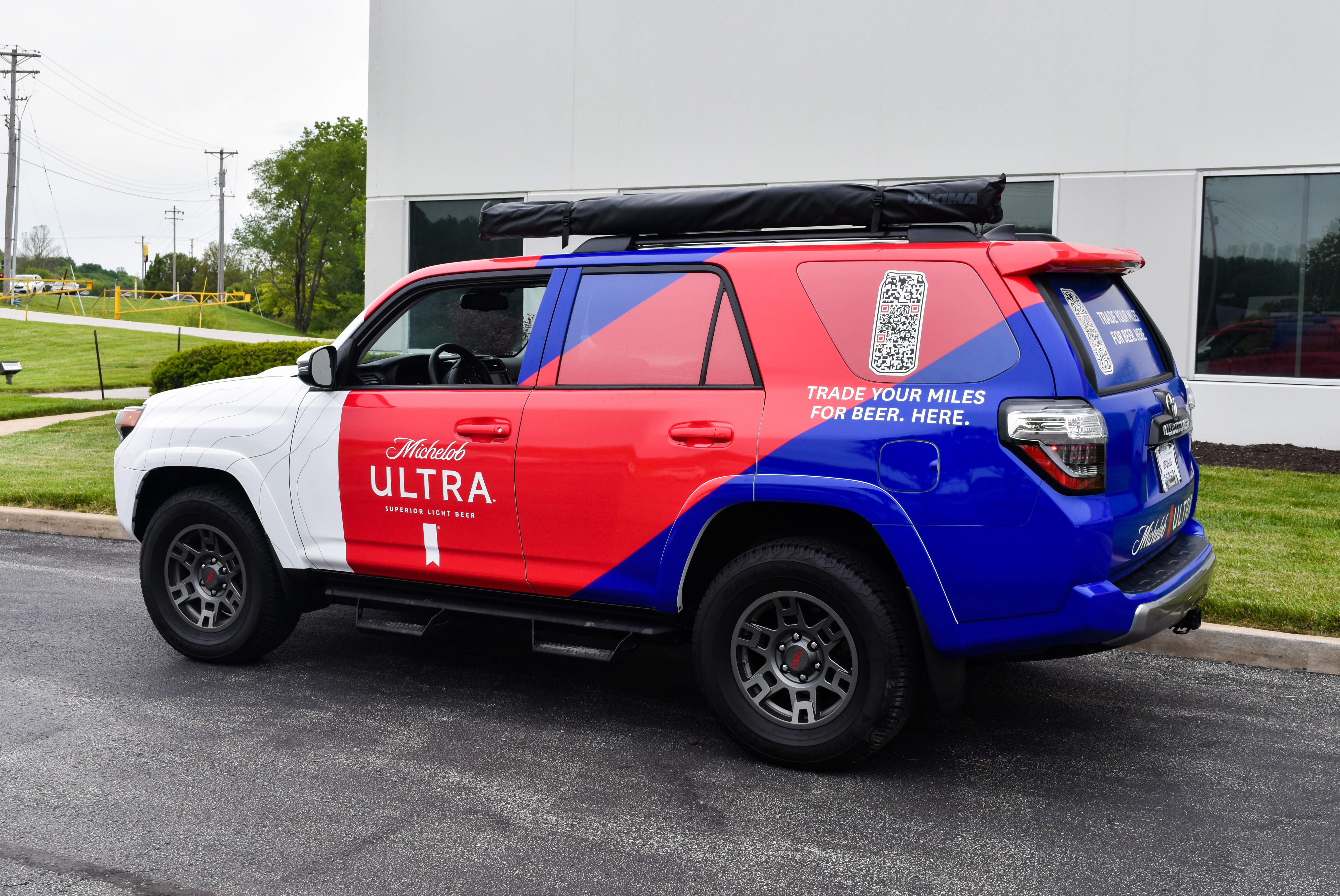
Wrapped vehicles often seem like mythical creatures, appearing on the road just long enough to get a good look at a fun design or message during an...
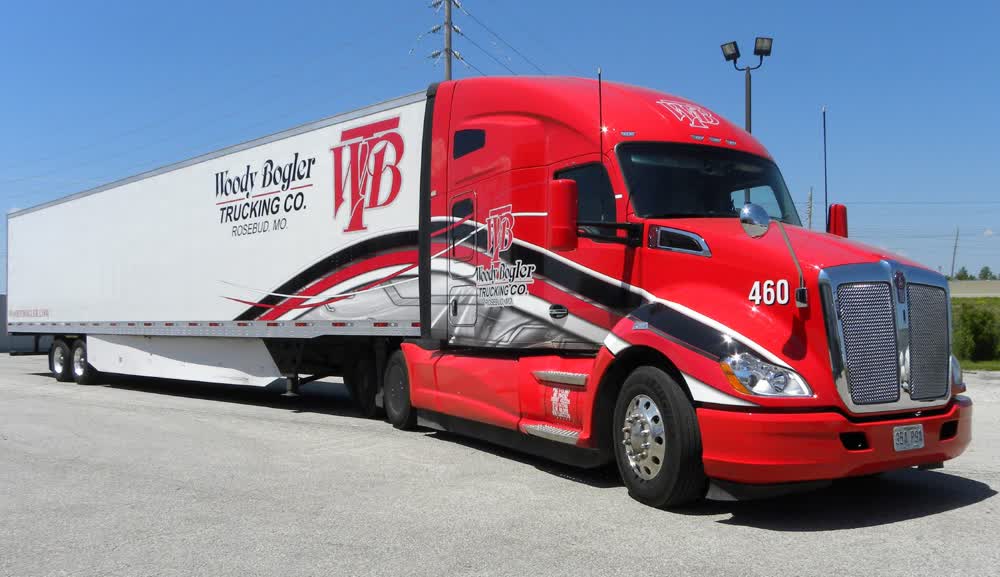
Vehicle wraps can turn your company’s fleet of vehicles into advertisements on wheels. Fleet graphics are cost-effective and high-impact. They...
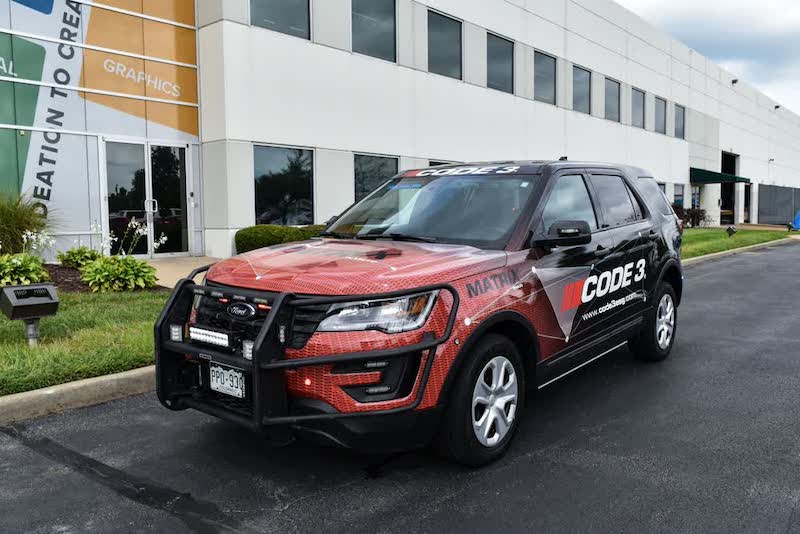
So you’ve decided to have your car custom vinyl wrapped, or to invest in fleet wraps, and can’t wait to get it done? Whether you’re going with...